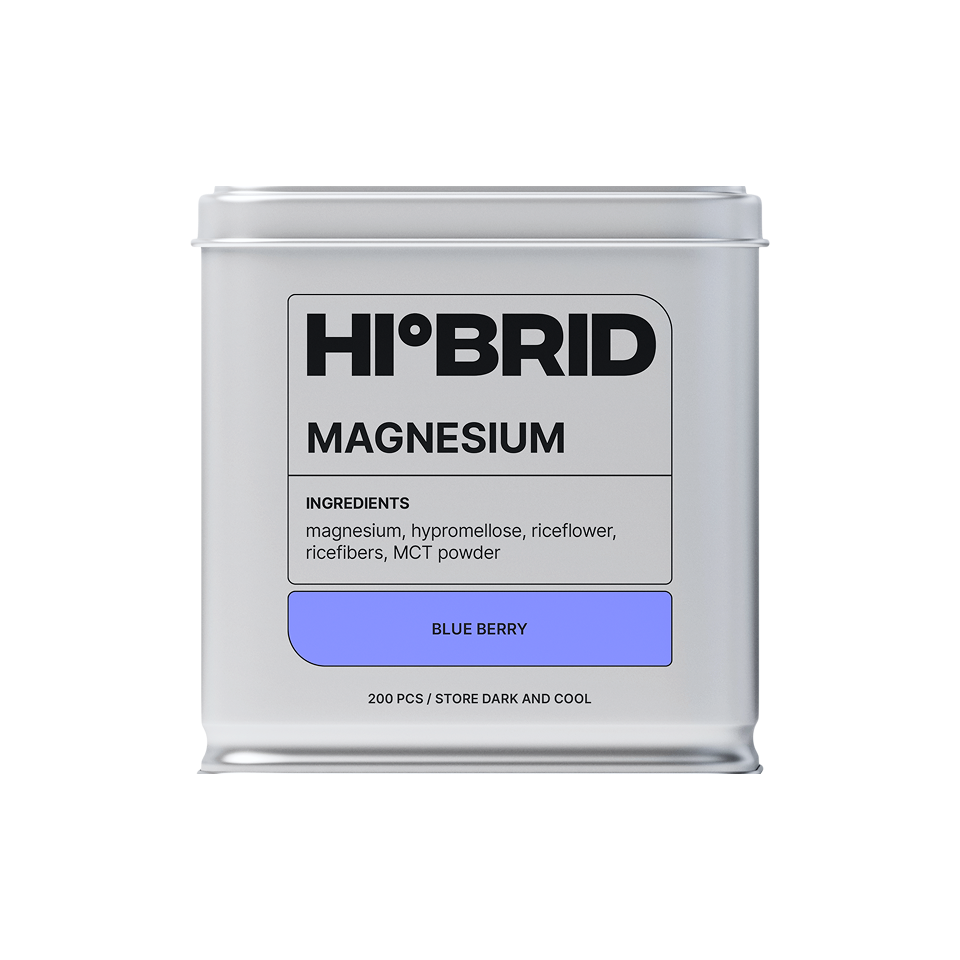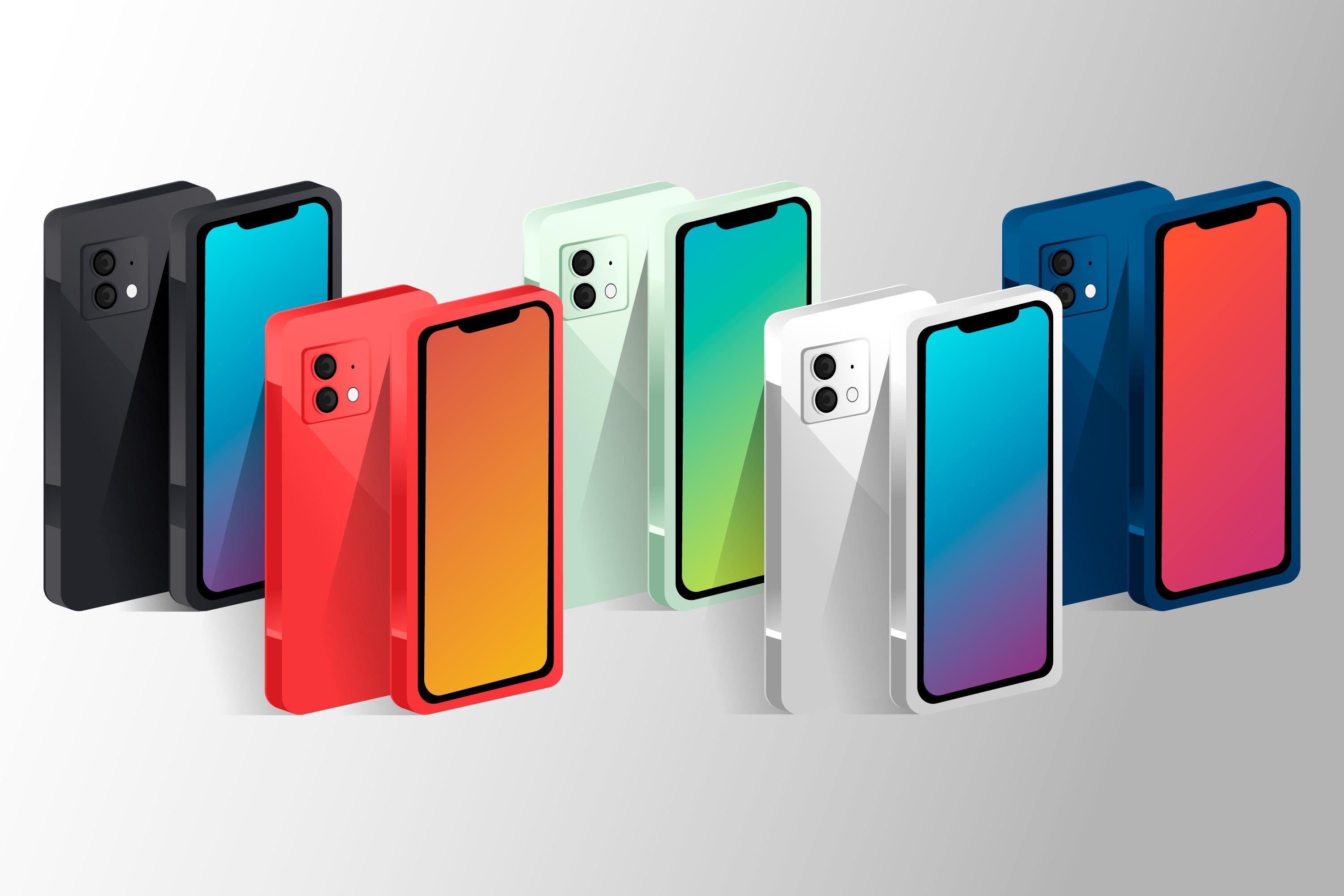Introduction
In a world where smartphones are an essential part of our lives, it's important to know, whether you're buying is brand new or refurbished. Distinguishing between the two can save you from potential disappointment or surprises. In a comprehensive guide, we walk you through the process of determining the status of phone, ensuring you make informed decisions that align with your needs and preferences.
I. Physical Examination

When assessing the condition of a phone, its packaging, exterior, and screen provide crucial clues. Let's dive into each aspect to uncover the truth.
A. Inspecting the Packaging
Determining if the packaging is sealed and unopened: A new phone should have intact packaging with no signs of tampering or resealing. Look for any cuts or tears, as this may indicate that the phone has been opened before.
Checking for any signs of tampering or resealing: Examine the adhesive on the box flaps and edges. If it looks untouched, it's likely a new phone. However, if you notice irregularities, such as mismatched seals or resealed stickers, the device might be refurbished.
Verifying the authenticity of the packaging labels or logos: Pay attention to the placement, quality, and alignment of labels and logos. Counterfeit packaging may indicate a refurbished or even counterfeit phone.
B. Assessing the Device Exterior
Examining the phone for any scratches, dents, or marks: A new phone should be pristine, with no visible signs of wear or damage. Run your fingers over the surface to feel for any imperfections.
Evaluating the buttons, ports, and connectors: Press all the buttons and check the responsiveness. Ensure that the ports and connectors are clean and free of residue. Any defects or malfunctions may suggest a refurbished device.
Identifying any missing or misaligned parts: Check if all parts, such as SIM card trays or camera lenses, are present and correctly aligned. Any discrepancies could indicate the phone has been repaired or refurbished.
C. Verifying the Screen Condition
Looking for scratches, cracks, or dead pixels: Carefully inspect the screen under bright light to detect any scratches, cracks, or dead pixels. A flawless, unblemished screen is typical of a new phone.
Observing the brightness and color uniformity: Adjust the screen brightness to maximum and ensure it's consistent across the display. Inconsistencies may imply a refurbished screen.
Checking for unresponsive areas on the touchscreen: Test the touchscreen with various gestures to ensure all areas respond accurately. Unresponsive spots could indicate a faulty or previously damaged screen.
II. Software Analysis

Examining the phone's software can offer further insights into its status. Let's explore the crucial aspects to consider when assessing the software.
A. Checking the System Information
Accessing the phone's settings to find device information: Navigate to the settings menu and locate the section displaying device information.
Verifying the model number, serial number, and IMEI: Match the information displayed with the details provided by the manufacturer. A mismatch could be indicative of a refurbished or potentially counterfeit device.
Cross-referencing the information with the manufacturer's records: If possible, contact the manufacturer to verify the legitimacy of the phone and ensure that the provided information aligns with their records.
B. Assessing the Operating System
Checking for the presence of the manufacturer's default apps: New phones typically come with pre-installed apps from the manufacturer. Their absence may indicate a refurbished device.
Exploring the system settings and options: Navigate through the settings menu to ensure all system settings and options are accessible and functioning correctly. Any restrictions or limitations may point to a refurbished phone.
Verifying the software version and any installed updates: Ensure the software version matches the latest release from the manufacturer. Outdated software or missing updates could suggest a refurbished device.
C. Examining the Usage and Data History
Reviewing the call logs, message history, and app usage: Check the phone's call logs, message history, and app usage to get an idea of its previous usage. Unusual activity or data may indicate that the phone was previously used.
Scanning for any personal data or accounts left by previous users: Look for any remnants of personal data, accounts, or profiles left by previous users. A fully reset device should have no traces of previous ownership.
Assessing the presence of pre-installed apps or data indicative of refurbishment: Refurbished phones may have additional apps or data related to the refurbishment process. Check for any indications of such apps or files.
III. Warranty and Documentation

Warranty information and accompanying documentation play a vital role in determining the status of a phone. Let's explore how they contribute to your assessment.
A. Consulting the Warranty Information
Locating the warranty details in the packaging or manuals: Check the packaging or user manuals for information regarding the warranty. New and refurbished devices often have different warranty terms.
Verifying the warranty status and duration: Determine if the warranty is active and its duration aligns with what you would expect for a new or refurbished device.
Understanding the difference in warranty coverage between new and refurbished devices: Familiarize yourself with the warranty coverage offered for new and refurbished devices. This understanding will assist in assessing the phone's status.
B. Assessing the Documentation Provided
Checking for the presence of user manuals, warranty cards, or receipts: New phones typically come with well-presented and accurate documentation. Ensure the documentation provided matches your expectations.
Verifying if the documentation matches the phone's details: Cross-reference the information mentioned in the documentation with the phone's specifications and appearance to ensure consistency.
Assessing the quality and authenticity of the provided documentation: Evaluate the quality of the provided documentation. Authentic information is often an indication of a genuine new phone.
C. Seeking Additional Information
Contacting the manufacturer or authorized resellers: Reach out to the manufacturer or authorized resellers directly to inquire about the phone's status and history. They may provide valuable insights or confirm the device's authenticity.
Inquiring about the phone's status and history: Express your concern and ask specific questions related to the device's history. Ensure you cover any doubts or uncertainties you may have.
Asking specific questions that may help determine its condition: Hone in on relevant questions that can help reveal the phone's status, such as any repairs, replacements, or previous ownership history.
By following this comprehensive guide and paying attention to the details, you can confidently determine if your phone is new or refurbished, making an informed decision that meets your needs. Don't rush the process—remember to trust your instincts and ask the right questions. Happy phone shopping!














0 comments